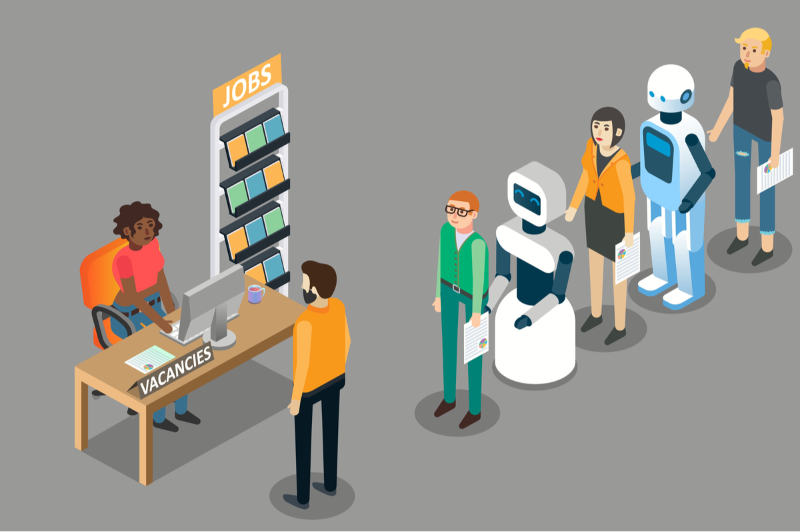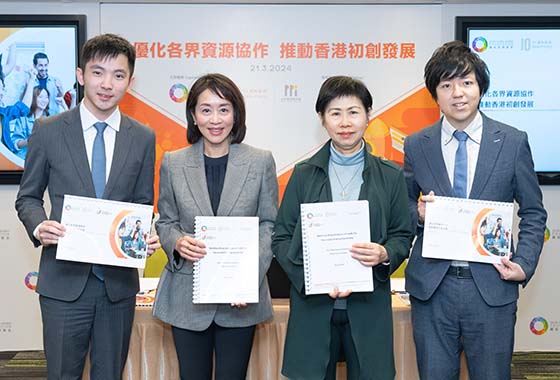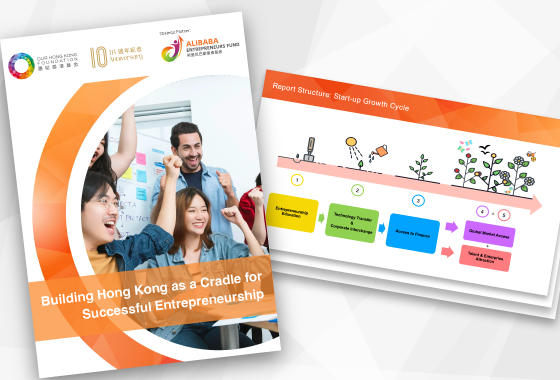Current Spike in Unemployment Rate Demands Better Long-term Policies
Authors: Kenny Shui, Assistant Research Director and Louise Wen, Assistant Researcher of Our Hong Kong Foundation

The coronavirus outbreak has significantly damaged the economy and affected the labour market. Hong Kong’s recent unemployment rate has reached 5.2% , a record high since more than 9 years ago. The number of job loss during an economic downturn is largely determined by the state of economy at the start of the crisis (see Figure 1). For example, Hong Kong’s economy was booming before the global financial crisis, and during the crisis the quarterly GDP shrank by 3.8% on average, unemployment rate only increased by 1.9%. In contrast, Hong Kong’s economy was slowing down before SARS hit, leading to a surge in unemployment rate despite the epidemic’s short-lived impact. Before the onset of COVID-19, Hong Kong’s economy was already experiencing a slump. Now as the pandemic rages on, last week, the government anticipated GDP to contract by up to 7% this year, and as a result, unemployment rate is likely to keep climbing.
The ticking bomb for the labour market does not stop here. The emergence of artificial intelligence is a threat to human employment, and the job market is therefore subject to pressures of structural changes. As recession looms, the government has introduced combined polices to protect jobs, but short-term measures aside, it should adjust its long-term policies to help the workforce quickly adapt to changes in the era of AI and turn crisis into opportunities.
The development and application of technology can be a double-edged sword, stealing people’s jobs whilst creating new possibilities. AI is no exception. On one hand, some industries and jobs are automated with robots to cut labour costs, reducing the number of positions available. The job-based approach developed by Oxford professors predicts that on average, 57% of jobs in OECD countries will likely be replaced by AI in the next 20 years. McKinsey Global Institute proposed a task-based approach. Take customer services as an example, the role can be divided into different tasks (answering questions, processing transactions, following up with requests), and the number of tasks that can be accomplished by AI will serve as an indicator of the job’s potential for automation. McKinsey’s findings suggest that 43% to 56% of jobs in major countries around the world will be replaced by AI.

Yet on the other hand, just like the previous technological revolutions, AI can create new opportunities for human beings. As new technologies were made possible, new industries such as machinery manufacturing and air freight were born, creating billions of new jobs. The World Economic Forum estimates that by 2022, AI will have generated 133 million jobs, whilst making 75 million existing ones obsolete. On the whole, the dawning of AI seems to herald a better future for employment. Therefore, the priority is to improve the division of labour between human and AI and cultivate talents to work alongside AI. There may be a mismatch between the labour in supply and the skills in demand in the future, and we should train a new generation of workers or upskill the current workforce to fill the new positions produced by AI.
The Hong Kong government has identified four areas of strength for the innovation and technology industry, including AI. However, there is no detailed blueprint for AI’s future development. In recent years, many countries and regions including China, the United States, the United Kingdom, the European Union, France, Germany, Japan and South Korea have devised high-level AI development strategies and action plans, but Hong Kong has been lagging behind in making a move. The Hong Kong government should design comprehensive AI development strategies, focusing on a prognosis of future structural changes in the labour market. We should provide targeted AI education and training, so that Hong Kong can reap the benefits of AI without sacrificing jobs.



